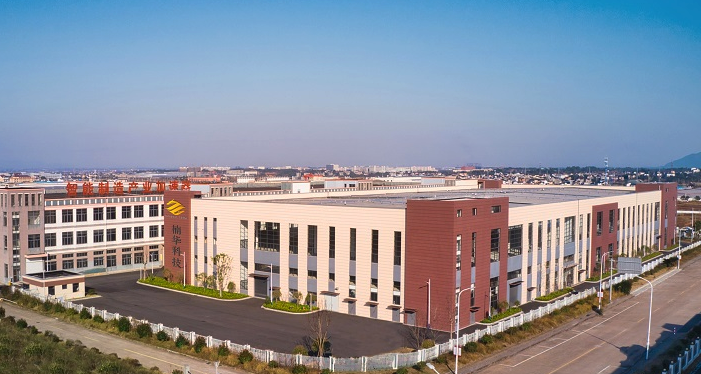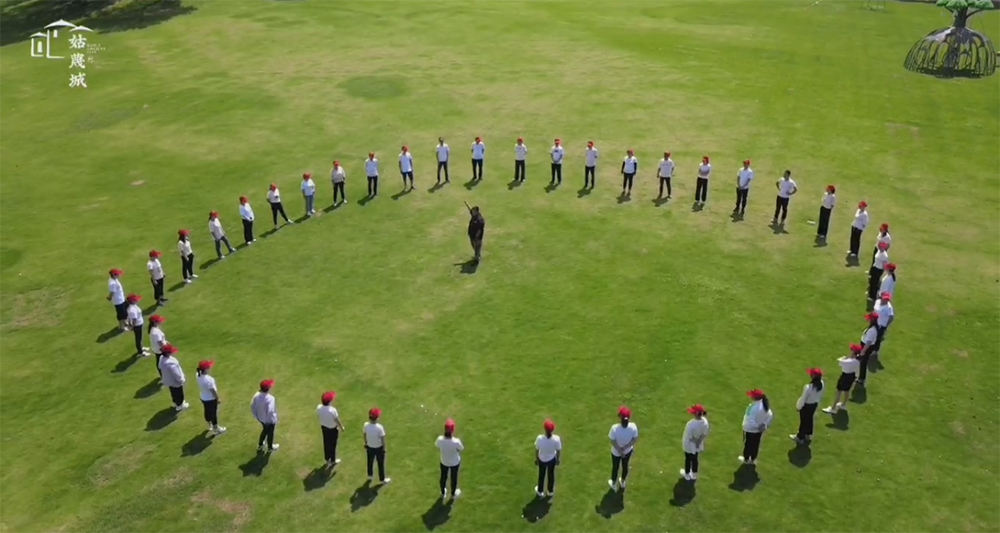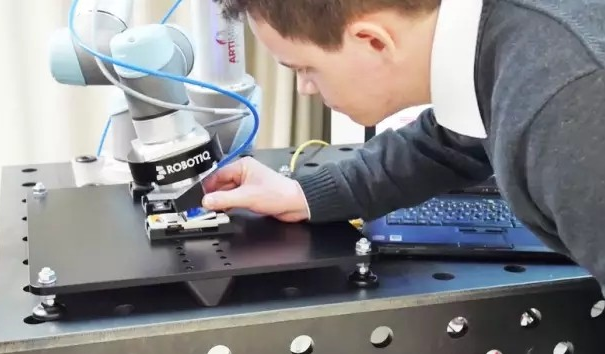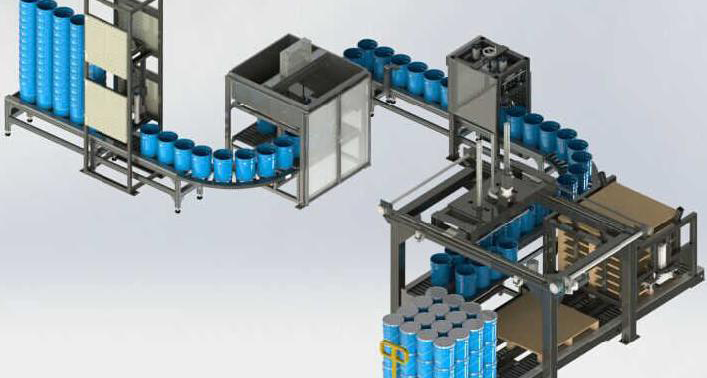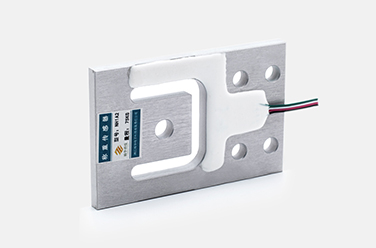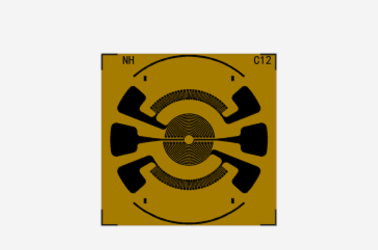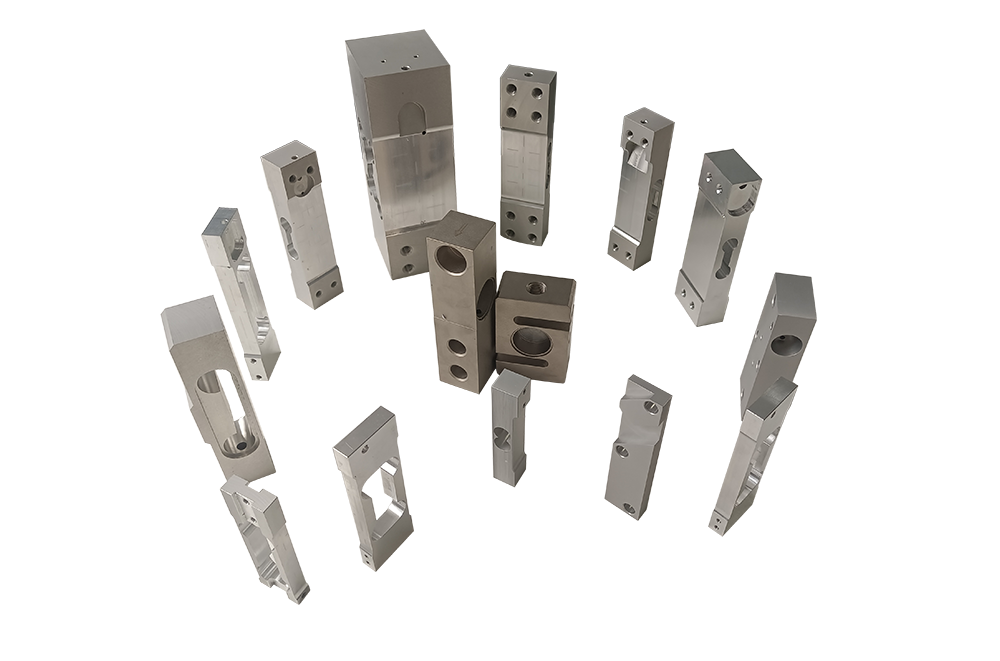With the breakthrough of cutting-edge technologies in the fields of material science, nanotechnology, microelectronics and the needs of economic and social development, the four fields may become the focus of the future development of sensor technology.
First, wearable applications. According to ABI research, the number of wearable sensors will reach 160million in 2017. Wearable devices represented by Google glasses are the most concerned hardware innovation. Google glasses has built-in more than 10 kinds of sensors, including gyroscope sensors, acceleration sensors, magnetic sensors, linear acceleration sensors, etc., which realize some functions that cannot be achieved by traditional terminals, such as users can complete photography with just a blink of their eyes. At present, the application field of wearable devices is expanding from external watches, glasses, shoes, etc. to broader fields, such as electronic skin. Recently, the University of Tokyo has developed a flexible wearable sensor that can be attached to the skin. The sensor is thin-film, with a unit area weight of only 3g/m2, about 1/27 of that of ordinary paper, and a thickness of only 2 microns.
Second, driverless. IHS Corporation of the United States pointed out that the application of sensor technology to promote the development of driverless is accelerating breakthroughs. In this field, Google has made important achievements in the development of driverless vehicle project. Through the camera, radar sensor and laser rangefinder installed in the car, real-time road condition information of the surrounding area of the car is generated at an interval of 20 times per second, and artificial intelligence software is used to analyze and predict the future trend of relevant road conditions. At the same time, road navigation is carried out in combination with Google map. Google driverless cars have been granted the right of way in Nevada, Florida and California. Audi, Mercedes Benz, BMW, Ford and other global auto giants have launched driverless technology research and development, and some models are close to mass production.
Third, medical care and health monitoring. Many medical research institutions at home and abroad, including internationally renowned medical industry giants, have made important progress in the application of sensor technology in the medical field. For example, Roma company is currently developing an image sensor using near-infrared light (NIR). Its principle is that after irradiating the near-infrared light LED, it uses a special camera element to capture the reflected light, obtains the image by changing the wavelength of the near-infrared light, and then makes the blood vessels and so on more clearly appear through image processing. Some research institutions have made progress in manufacturing sensors with materials that can be embedded or swallowed into the body. For example, Georgia Institute of technology is developing an in vivo embedded sensor with pressure sensor and wireless communication circuit. The device is composed of conductive metal and insulating film, which can detect the change of pressure according to the frequency change of the resonant circuit, and will dissolve in body fluid after playing its role.
Fourth, industrial control. In 2012, GE company proposed in the report "industrial Internet: breaking the boundary between wisdom and machine" that connecting human and machine through intelligent sensors, combined with software and big data analysis, can break through the limitations of physics and material science, and will change the way the world operates. The report also points out that the United States can achieve 1% efficiency improvement in all industries by deploying industrial Internet, and the energy industry will save 1% fuel (about $66billion) in 15 years. In January, 2013, Ge installed more than 10000 sensors in a battery manufacturer in New York to monitor the temperature, energy consumption, air pressure and other data during production, which factory managers can obtain through iPad to supervise production.
In addition, multinational companies such as Dutch Shell and Fuji Electric have also taken actions in this field.
